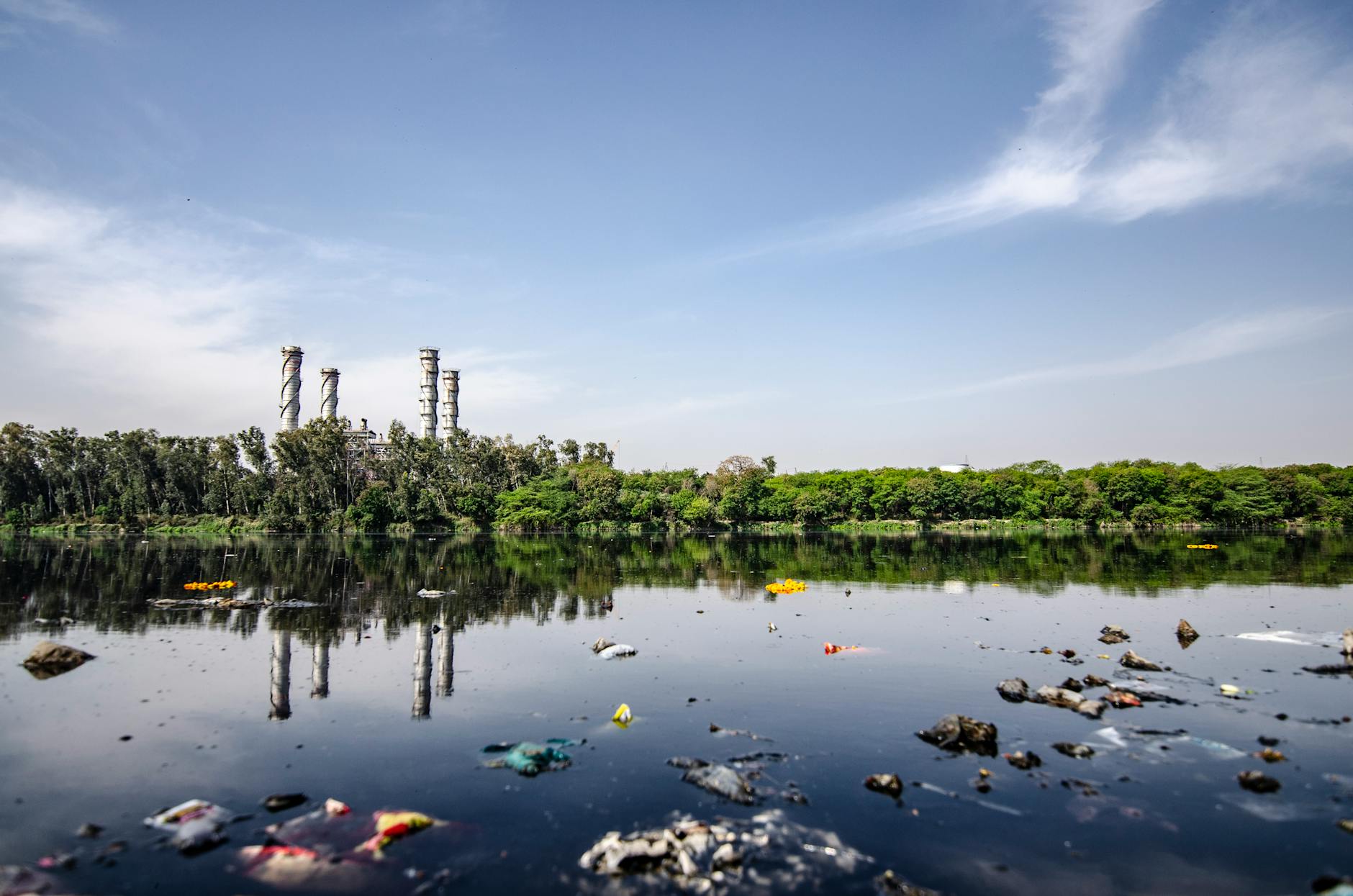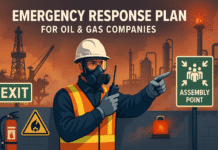
Characteristics of Hazardous Waste
Introduction
Hazardous waste presents significant challenges in today’s world, demanding attention due to its potential to cause harm to human health and the environment. Understanding these defining traits is crucial for effective management and mitigation strategies.
Defining Hazardous Waste
Understanding Hazardous Waste
Hazardous waste encompasses materials that pose substantial risks to health, the environment, or both. These substances can be solid, liquid, or gas and result from various human activities.
Types of Hazardous Waste
- Chemical Waste: Substances with harmful properties.
- Biological Waste: Including medical waste or contaminated materials.
- Radiological Waste: Materials from nuclear power plants or medical facilities.
Characteristics of Hazardous Waste
Physical Characteristics
- Ignitability: Materials prone to catching fire.
- Corrosivity: Substances that can erode materials they come into contact with.
- Reactivity: Materials that can explode or react dangerously.
Chemical Characteristics
- Toxicity: Substances harmful to living organisms.
- Persistence: Materials resistant to natural degradation.
- Bioaccumulation: Substances that accumulate in living organisms over time.
Management and Regulations
Managing Hazardous Waste
Proper management involves handling, treatment, and disposal to minimize risks.
Regulatory Framework
- EPA Regulations: Guidelines by the Environmental Protection Agency.
- Basel Convention: International treaty controlling hazardous waste movements.
Mitigation Strategies
Recycling and Reuse
- Encouraging Recycling: Reducing waste through repurposing and recycling.
- Innovation in Disposal Techniques: Advancements in safer waste disposal methods.
Conclusion
Understanding the characteristics of hazardous waste is pivotal in addressing its risks and implementing effective management strategies. By recognizing its diverse forms and properties, society can work towards minimizing its impact on both human health and the environment.
7 Categories of Hazardous Waste
Hazardous Waste Management System
How to Write Standard Operating Procedure
FAQs
- What defines hazardous waste? Hazardous waste includes materials posing risks to health or the environment due to their properties.
- How is hazardous waste managed? Regulatory bodies like the EPA and international treaties set guidelines for handling and disposing of hazardous waste.
- Can hazardous waste be recycled? Yes, recycling and innovative disposal methods play a crucial role in minimizing its impact.
- What are the dangers of improper disposal? Improper disposal can contaminate soil, water sources, and pose severe health risks.
- Why is understanding hazardous waste crucial? Understanding its traits helps in better management, reducing adverse effects on health and the environment.
























